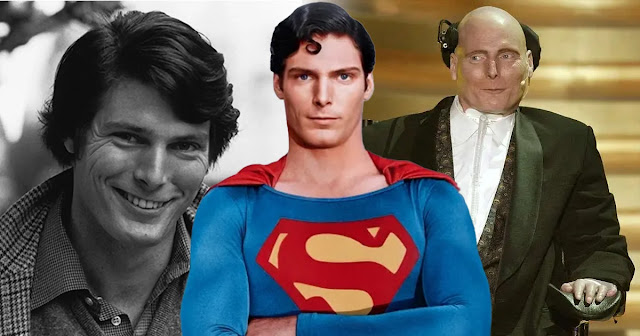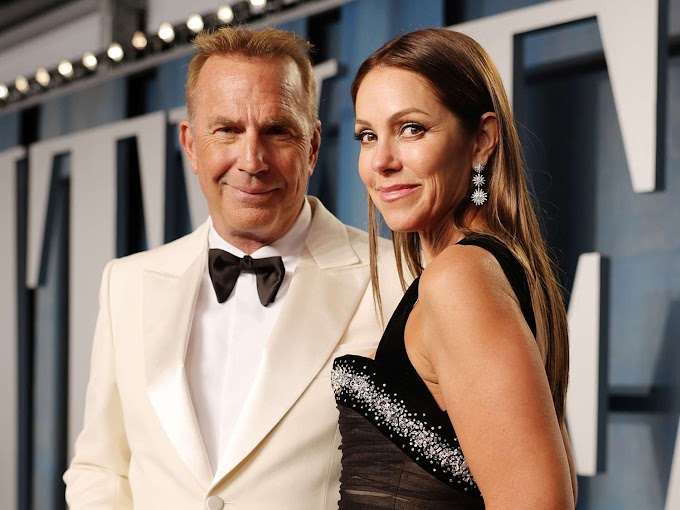In the vast realm of cinema, certain actors become synonymous with specific roles or character archetypes, a phenomenon often referred to as typecasting. Over the years, several actors have found themselves in a consistent groove, portraying similar characters that align with their established persona or appearance. One such notable case is that of Sir Sean Connery, widely recognized as the quintessential James Bond. Connery's portrayal of the suave and sophisticated British spy in the early James Bond films typecast him in the eyes of the audience and the industry. The impeccable blend of charm, wit, and action he brought to the character became synonymous with Bond himself, making it a challenge for audiences to envision Connery in significantly different roles. This raises a question: is Sean Connery the most typecast actor of all time?
As we delve deeper into the annals of cinematic history, other actors also come to the forefront as prime examples of typecasting. Consider the beloved Christopher Reeve, whose embodiment of Superman in the late 1970s and early 1980s films fixed him in the public's consciousness as the Man of Steel. Reeve's chiseled features and earnest portrayal left an indelible mark, often overshadowing his diverse talent and range as an actor. Similarly, Leonard Nimoy, famed for his portrayal of Spock in the iconic "Star Trek" series, found himself inextricably tied to the enigmatic Vulcan character, limiting his casting opportunities beyond the science fiction genre.
However, it would be remiss to discuss typecasting without mentioning the remarkable case of Hugh Laurie. Best known for his role as Dr. Gregory House in the TV series "House," Laurie's exceptional performance as a cantankerous and brilliant doctor led to a pervasive association between him and the character. Despite his remarkable versatility showcased earlier in his career, including comedy sketches and roles in British television, Laurie's portrayal of Dr. House remains an epitome of typecasting in the modern era of television.
Yet, the debate regarding the most typecast actor remains open. One must consider Bela Lugosi, the Hungarian-American actor renowned for his portrayal of Count Dracula, a character that profoundly defined his career and left a lasting imprint on the horror genre. The stark image of Lugosi as the brooding vampire has been so deeply ingrained in popular culture that it has, to an extent, overshadowed his versatility and other accomplishments as an actor.
The essence of typecasting lies in the delicate balance between an actor's talent, the industry's expectations, and the audience's perception. It is a phenomenon that simultaneously offers fame and restricts an actor's opportunities. To ascertain the single most typecast actor in the expansive realm of entertainment, one must delve into the nuances of filmography, performance, and cultural impact.




